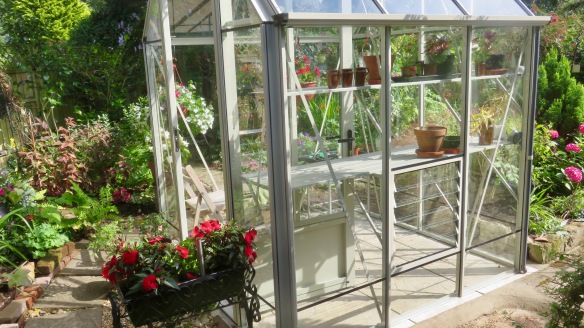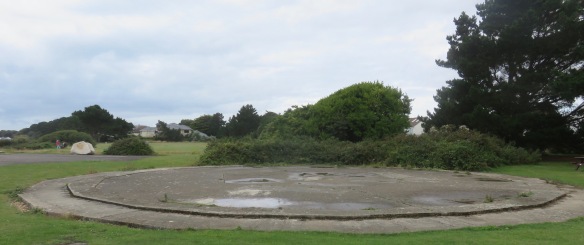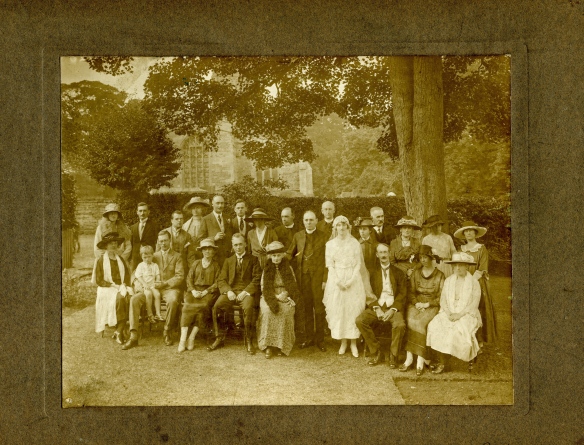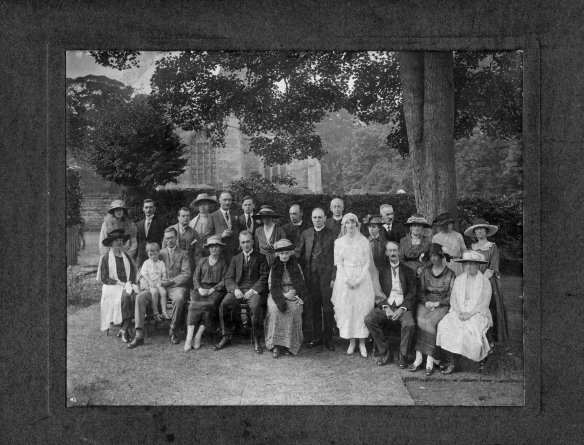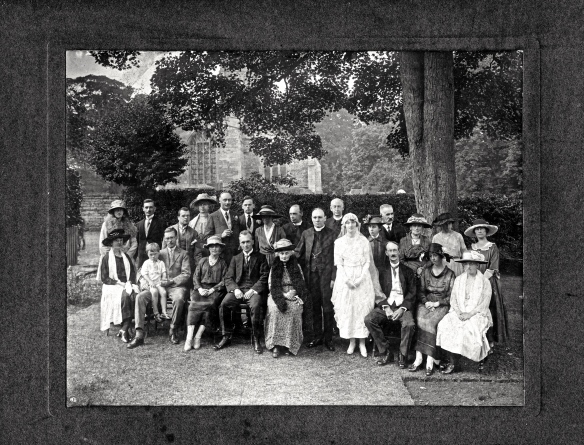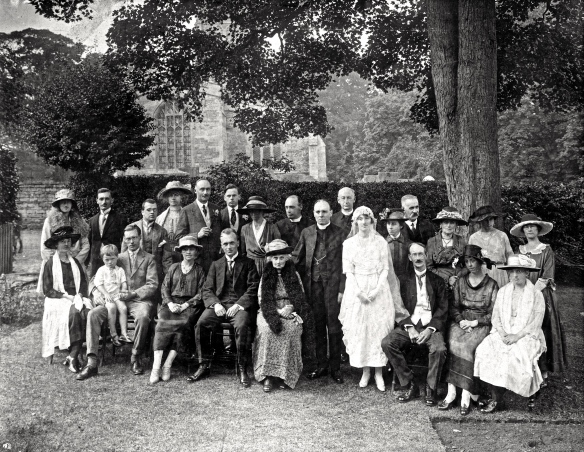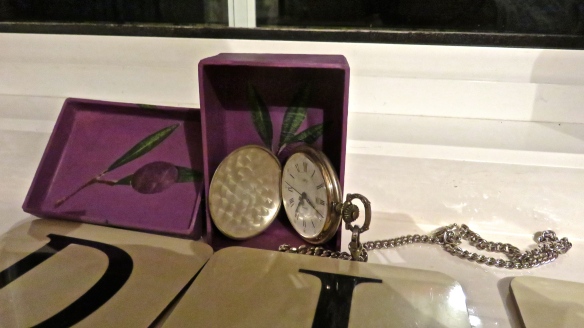This was another fine, but cool, day.
As usual when Jackie stepped out of the stable door to fill the robin family’s breakfast tray
Nugget appeared in the wisteria before she had opened the cereal jar.
Soon after the Head Gardener had attended to her ever-multiplying avian infants we set out on what was planned as a garden centre crawl. In fact there was such a dearth of bedding plants which were all we could possibly make room for, that we stopped at two.
Ferndene Farm Shop presented its usual, smoothly moving, orderly queues, masked members maintaining mandatory distance. I loaded bags of compost while Jackie paid for it and added a considerable quantity of bird food.
The next stop was Redcliffe, where there was no queue
and Jackie acquired a few flowers. Needless to say, like all other eating places, the Tea Room was closed.
This afternoon I dead-headed a number of roses.
The climber on the front trellis isn’t quite ready for the treatment, neither is
Perennial Blush along the back drive.
Also in the front garden we have calendula Orange Flush and deep red sweet William. The Euphorbia Mellifera in the background is just one of those we have whose honeyed scent lives up to its name.
The large blousy orange poppy, now past her bloom of youth nurtures a bud to take her place, while
the fully mature rose Margaret Merrill shares her bed with crisp offspring, with younger buds, and with an older relative whose time is done.
This was past siskin siesta time, so greenfinches were up and about drawing upon verdant leaves for camouflage. The clamour of a host of birds and their young filled the air around me.
The owls in this view of the Weeping Birch Bed looking northwards remain silent.
The peach rose beside the patio is pretty prolific.
If this is a bee on an erigeron
what is this?
Nugget Junior now fends for himself
while his Dad continues
to cater for his younger brothers and sisters.
This evening we dined on Jackie’s wholesome chicken, bacon, and vegetable soup with crusty bread from the freezer, with which she drank Hoegaarden and I finished the El Zumbido.























